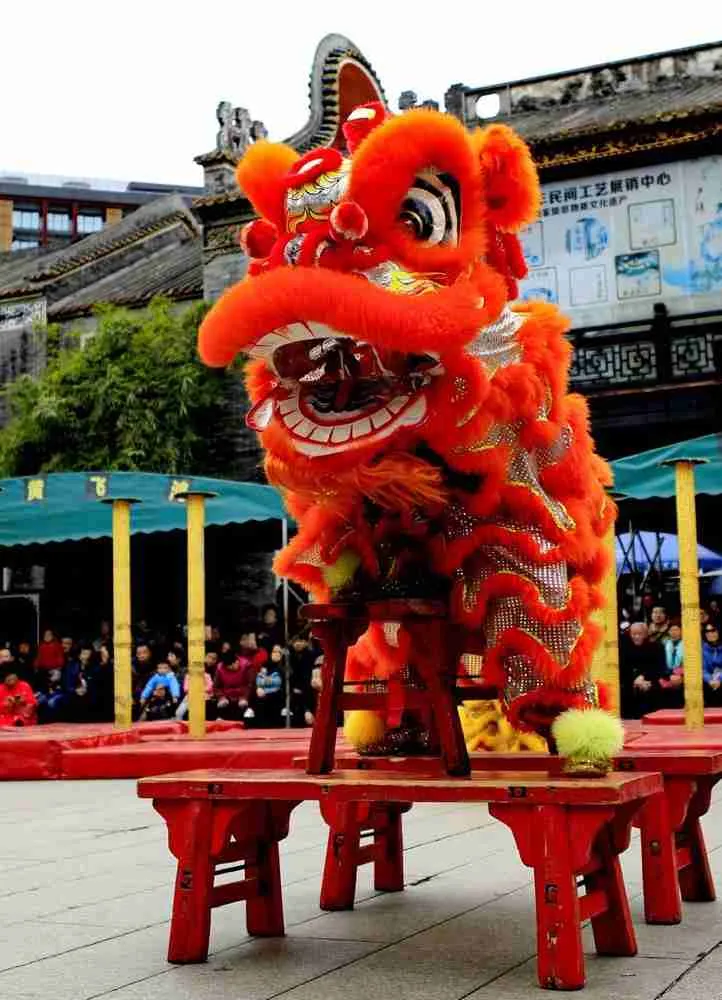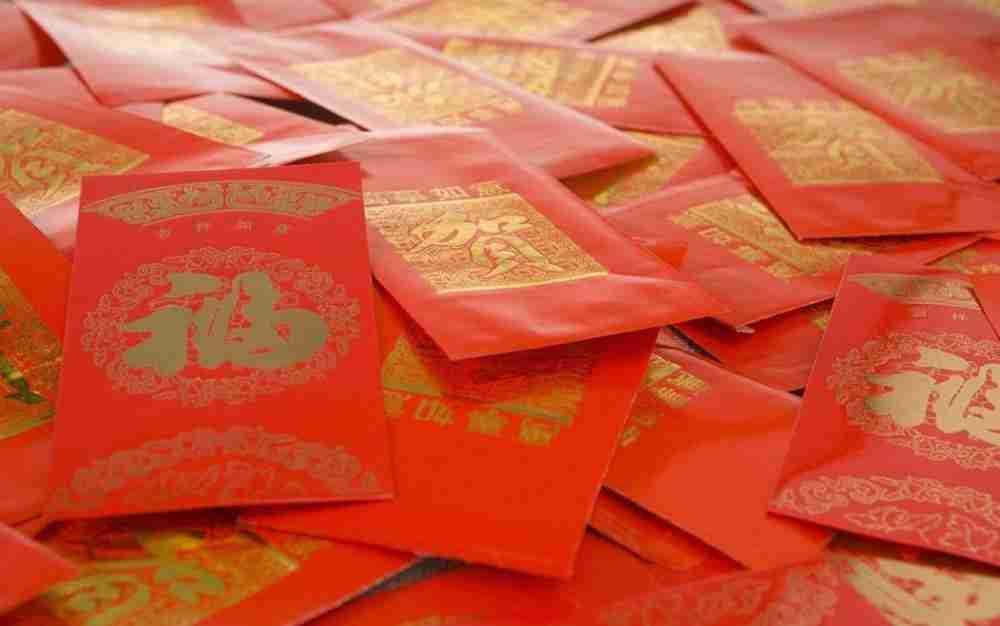Everyone loves color. It’s the best way to brighten up a room, place, or person. Each color has a meaning or symbolizes something which varies in different cultures. When it comes to Chinese culture especially, colors are very significant with important meanings and beliefs attached to them.(Learn more: Meaning Of Colors in Chinese Culture)
Red is especially one of the most common colors with the most varying meanings for different cultures. Some cultures view the color red in a positive light while others attach a negative meaning to it. Red for example can be seen as a representation of love or passion. It can also be seen as a representation of danger or a bad omen. In Chinese culture, however, red is a very important national color. It is among the top three lucky colors in the country and is involved in many of the important Chinese festivities and celebrations.
One may wonder, however, where did the color red originate from and how did it become so important in China? Where did the meaning attach to it come from? To answer these questions and more, in this post, we discuss the relationship between the color red and Chinese culture.
History Of the Color Red in China.

The color red has been in existence since prehistoric times. It is said that the majority of the cave drawings discovered in different parts of the world including China were done in red. Earlier on, China is also said to have used the color red to paint in early pottery. Later it was used to paint the walls and gates of the Chinese palaces. Even in the paintings that existed of the emperors, most are seen adorned in red robes. It is not clear as to exactly when red became an official color much less when it was introduced to China or became an important part of its culture. There are however some mythologies that attempt to explain this.
The first myth states that red became an auspicious color during the Han dynasty. It is believed that the first emperor of the Han dynasty was the son of the Red Emperor. As such, people in that period saw color as a symbol of privilege and authority and decided to honor it until date. Another myth is that there was a mythical beast called Nian, who existed a long time ago. Nian used to terrorize the Chinese people every new years eve. But one day the people found out that the beast was scared of loud noises and the color red. So, they started hanging red scrolls and lanterns in front of their door and would light firecrackers and perform the lion dance. Since then, the beast is said to have disappeared and never returned. This tradition was carried forward to the present day and the color red became considered an auspicious color.
Later in the 19th century, it is said that the first artificial red dye was created to replace the traditional ones. By the 20th century, red became a color of communism. In 1917, following the Bolshevik Revolution, Soviet Russia, Vietnam, China, and other communist countries decided to adopt a red flag. Today, China’s flag remains red and the color has grown to be a national symbol for the country.
How To Say Red Color in Chinese?
In Mandarin Chinese, the term red color is represented by 红色, which in pinyin is hóngsè that translates to red color in English. Broken down the term hóng means red and sè means color. This is the noun form of the word red.
When using red as an adjective many words can be used. Zhuhong can be used and it translates to red vermillion. Another adjective is Dan or Tong which both translate to red. The word Chi can also be used as an adjective for red although it also describes something scarlet, or bare, or someone loyal, sincere, or single-hearted.
Why Is Red Important in Chinese Culture?

If you have ever been to China or seen photos of it, you’ll realize that a lot of things in the country are predominantly red. You’ll see it in the architecture from the wall to the gates even the statues of mythical creatures are painted red at times. You’ll notice it in many of the important festivities in China starting with the Chinese New Year. The color is also included in special celebrations like weddings, where the bride wears a red dress. But why is red so important in Chinese culture?
It is because it is believed to be a lucky color and a representation of the element fire. Based on legends like that of the Nian beast, red came to be revered as the auspicious color that wards off evil to those who adorn it or have it. That is why it is dominant in the New Years’ celebrations, to ward off evil and usher in the new year with good luck and fortune. After the French revolution in the 18th century, when China adopted the red flag, it also adopted its meaning of revolution and socialism and built its current ideologies around the virtues attached to the color red. As such, red is not just a lucky color, but a national symbol and representation of China to the world.
What Does Red Mean in Chinese Culture?
The color red has high symbolism in Chinese culture. Aside from being considered an auspicious color that brings good luck, it is also said to represent the fire element and the compass direction South. Nationally, the color is also seen to represent happiness, good fortune, success, vitality, and beauty.
That is why you see red lanterns hang outside business centers and people’s homes. The double rows of red Xi letters are also stuck on people’s doors and gates for the same reason. Because it is believed to bring success and good fortune. Red is also worn during celebratory events like weddings ad birthdays because it’s a symbol of happiness and fire that will protect the individual from evil eyes. Even in festivities gifts are given in red envelopes as a way of wishing someone good luck.
Why Is Red Lucky in China?

A lot of the legends and stories told by Chinese involving red have always had a positive connotation. For example, when red was used to defeat the Nian beast it became a lucky color. Because red was associated with the father of one of the greatest emperors to have ever lived, it was honored as an auspicious color. There isn’t one single reason why red is considered lucky, but many accounts where it proved to bring luck to those who believed it.
Why Are Red Envelopes Used for Chinese New Year?

If you’ve ever attended the celebrations of the Lunar Year or Chinese New Year, then you’ve probably received or given out a red envelope as a gift. The red envelope usually contains money that you give to family, friends, and colleagues as a way of wishing them good luck and fortune in the coming year.
The tradition was originally started because of children. Adults including parents and grandparents would gift children red envelopes as a way of protecting them from the Sui. It was a Chinese demon that was believed to go after children while they slept. This is why sometimes the red envelopes are called Yasui Qian which translates to “suppressing the ghost” money. This tradition still goes on today where children are still gifted these envelopes until they are older and married when they are also expected to give out the envelopes.
Conclusion.
Although red remains the national and cultural symbol of China, the majority of the younger generation doesn’t revere it as much as the older generation. Today you may find some young couples opting for a western white wedding as opposed to the traditional red theme. Still, the color red remains a dominant color in China and continues to be included in Chinese culture and festivities.